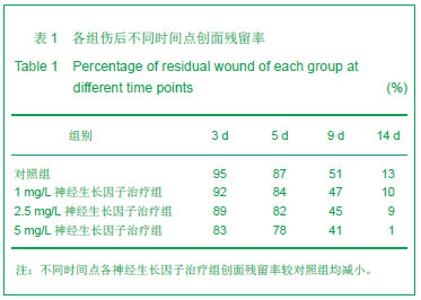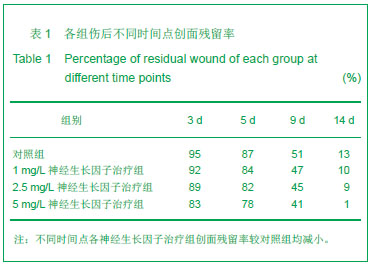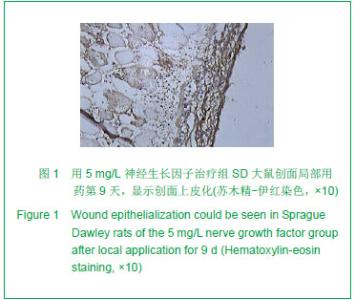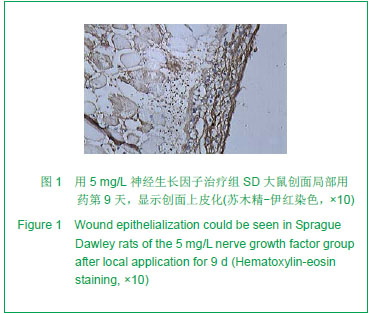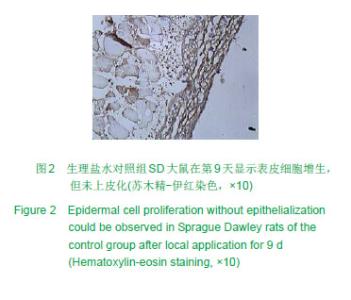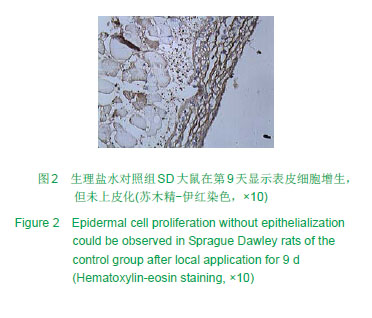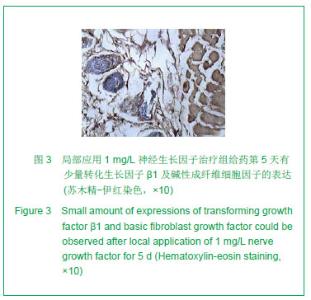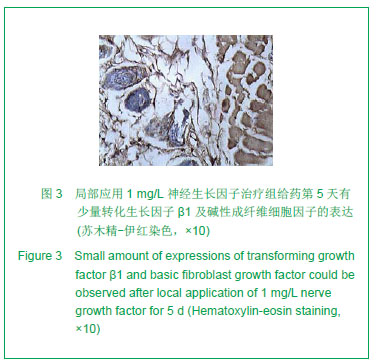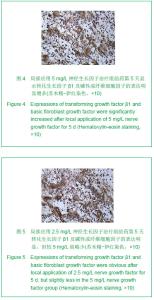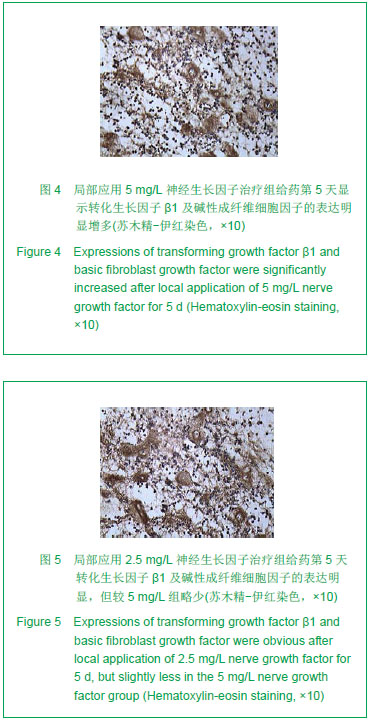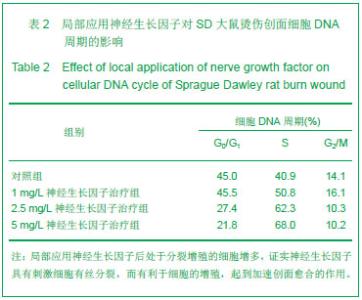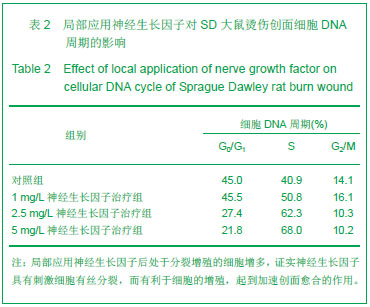| [1]Noli C, Miolo A.The mast cell in wound healing.Vet Dermatol. 2001;12(6):303-313.[2]Shi ED, Wang BC, Sun QS. Nerve growth factor and injured peripheral nerve regeneration. Neural Negen Res. 2008; 3(11):1273-1276.[3]李炳辉,邹新华,杨鸿,等.神经生长因子在糖尿病足创面组织中的表达[J].中华损伤与修复杂志:电子版,2010,5(5):608-612.[4]杨敏烈,黄金井.神经生长因子的作用及其在创面修复和瘢痕形成中的意义[J].组织工程与重建外科杂志,2008,4(1):56-58.[5]李玲巧,姜会庆,解伟光,等.神经生长因子对深Ⅱ度烫伤大鼠创面愈合的调控作用[J].中华烧伤杂志,2004,20(5):299-300. [6]吕国忠,陈玉林,杨敏杰,等.神经生长因子调控烧伤创面的实验研究[J].中国修复重建外科杂志,2000,14(5):268-270.[7]史春梦,程天民,屈纪富,等.神经生长因子同时促进放创复合伤小鼠创面愈合和造血恢复的实验研究[J].中华放射医学与防护杂志, 2002,22(3):160-162.[8]吕国忠,杨敏杰,顾在秋,等.神经生长因子加速猪深Ⅱ度烧伤创面愈合的实验[J].中华烧伤杂志,2001,17(1):29-31.[9]谢沛霖,薛晓东,张冀北,等.局部应用神经生长因子联合胰岛素对糖尿病大鼠烫伤创面愈合及HIF-1α和VEGF表达的影响[J].中国医师杂志,2011,13(1):33-37. [10]吴志宏,黄静,高微虹,等.鼠神经生长因子促进大张移植皮片感觉康复的临床研究[J].中华烧伤杂志,2007,23(6):440-443[11]付小兵.参与创面愈合调控的神经因素[J].中国危重病急救医学, 2004,16(2):65-66.[12]Martinez G, Di Giacomo C, Sorrenti V,et al.Fibroblast growth factor-2 and transforming growth factor-beta1 immunostaining in rat brain after cerebral postischemic reperfusion.J Neurosci Res. 2001;63(2):136-142.[13]付小兵,王德文.现代创伤修复学[M].北京:人民军医出版社,1999: 192-198.[14]Simone MD, De Santis S, Vigneti E,et al.Nerve growth factor: a survey of activity on immune and hematopoietic cells. Hematol Oncol. 1999;17(1):1-10. |
